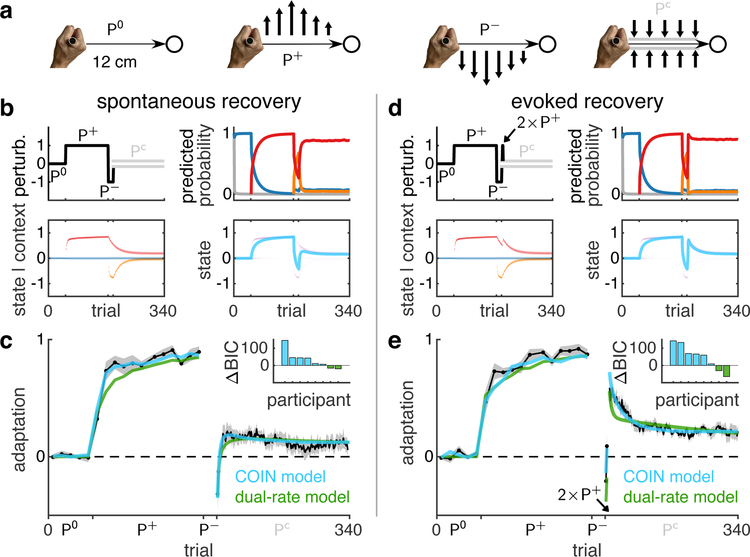Fig. 2 |. Memory creation and expression accounts for spontaneous and evoked recovery.
a, Participants made reaching movements (thin horizontal arrows) to a target (circle) while holding the handle of a robotic manipulandum that could generate forces (thick vertical arrows). For clarity, schematic not to scale. The manipulandum could either be passive (null field, P0) or generate a velocity-dependent force field that acted to the left (P+) or right (P−) of the current movement direction. Channel trials (Pc) were used to assess adaptation by constraining the hand to a straight channel (grey lines) to the target and measuring the forces generated by the participant into the virtual channel walls. b, Simulation of the spontaneous recovery paradigm with the COIN model (parameters fit to average data in c & e simultaneously). Top left: perturbation (black) and channel-trial phase (grey). Bottom left: predicted state distributions of inferred contexts as in Fig. 1d (for clarity we omit the novel context here and in subsequent figures). Top right: predicted probability of contexts as in Fig. 1d. Bottom right: predicted state distribution (purple) and its mean (cyan) as in Fig. 1e. Note that full state distributions are inferred in bottom left and right but they appear narrow due to fitting to the average of all participants’ data (see Methods). c, Mean adaptation (black, ± SEM across n = 8 participants) on the channel trials of the spontaneous recovery paradigm. The cyan and green lines show model fits (mean of individual participant fits) of the COIN (7 parameters) and dual-rate models (5 parameters), respectively. Inset shows ΔBIC (nats) for individual participants, positive favours the COIN model. d-e, As in b-c for the evoked recovery paradigm (n = 8) in which the 3rd and 4th trials in the channel-trial phase were replaced by P+ trials (black arrow). For COIN model parameters see Extended Data Fig. 3.

